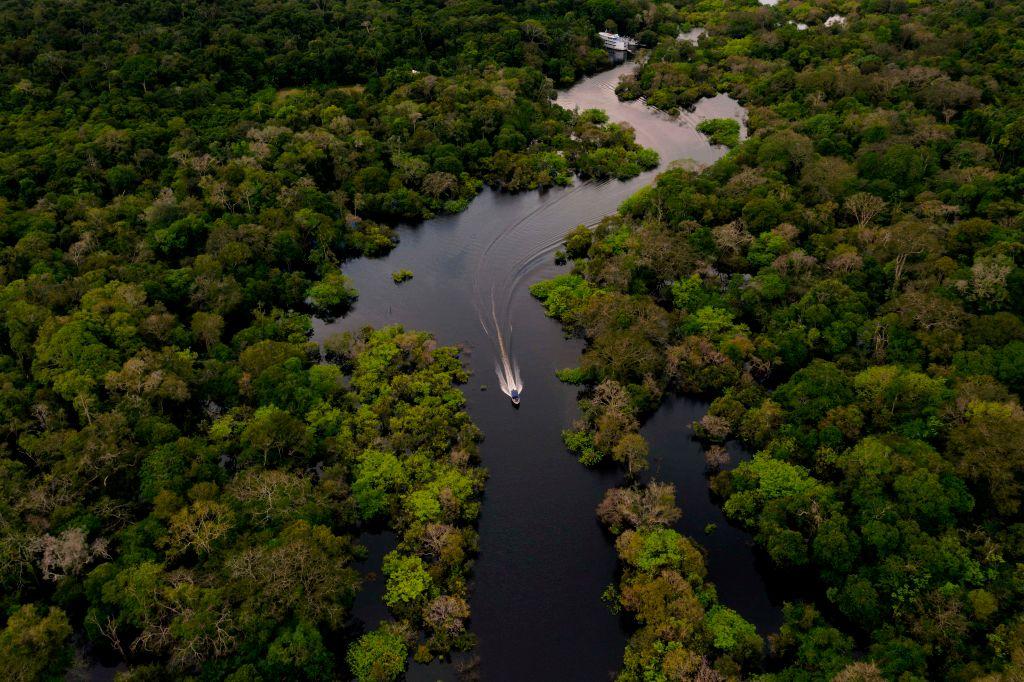A new type of giant anaconda with a head the size of a human has been discovered by a team of scientists embedded with a television crew filming a new show featuring a Hollywood superstar in a remote part of the Ecuadorian Amazon.
Professor Bryan Fry from the University of Queensland was part of a team that was invited to the Bameno region of Baihuaeri Waorani Territory by the area’s indigenous people to study and collect specimens of a population of anaconda that are believed to be among the world’s biggest.





